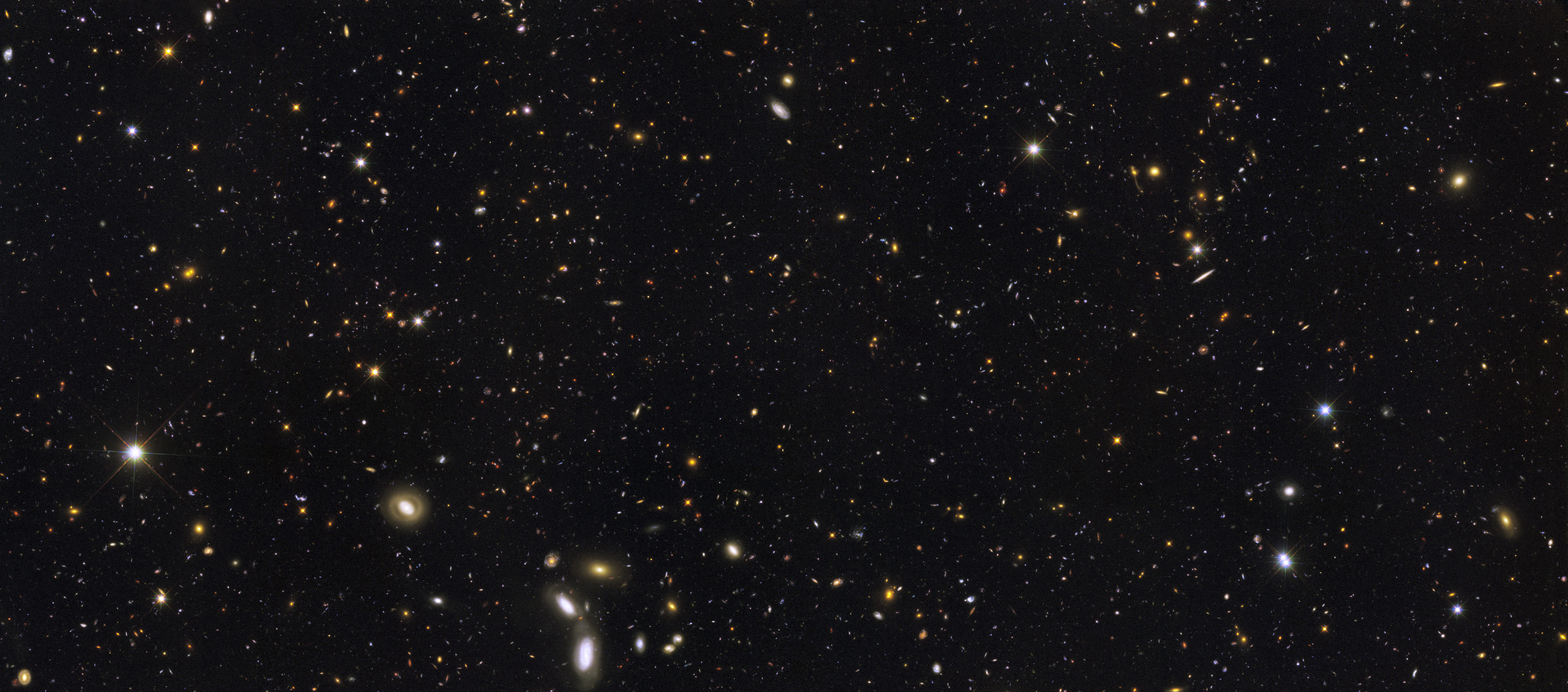
August 2, 2014, by Brigitte Nerlich
Black sky research
A few days ago I chatted with an industry-based innovations manager who, in passing, mentioned the word ‘black sky research’. We didn’t get a chance to explore this concept further but the phrase stuck in my mind.
Then Philip Moriarty tweeted a link to an article on the threat of the impact agenda to blue sky research, a topic about which I have blogged a bit before. I asked whether he had heard about black sky research and a twitter discussion ensued between Phil, Adam Smith, James Wilsdon, Alice Bell and myself, during which I found out quite a bit about black sky research.
So what is black sky research? When I was talking to the innovations person I thought black sky research referred metaphorically to research beyond the blue sky, research going even further in terms of imagination, exploration and discovery… I think this is what he meant, but it turns out that the phrase has been used before, but less metaphorically perhaps.
Black sky fun
Let’s retrace the steps of our twitter discussion. After my question about the meaning of black sky research, Adam asked: “is black sky research a metaphor for user-oriented research or geo-engineering research?” (I though it wasn’t) Phil said: “never heard of black sky research. Would make a wonderful name for a heavy metal band/album, however!” (I agree; however, one heavy [death] metal band has an even better name, namely Nerlich ;))
More seriously, I replied that I thought it referred to “ideas beyond the blue sky horizon” and Adam asked: “so black is bluer than blue”. Phil, the physicist, pointed out: “it just looks black. It’s actually very, very, very, very, very, very dark blue” accompanied by this short video clip (about black socks and Father Ted) (watch it!).
Then James Wilsdon came in and provided some real information. He informed us that he “once ran a project about ‘black sky thinking’ on the future of space research” which lead to a Demos publication entitled Masters of the Universe. Now we began cooking with gas, so to speak. It turns out that during the project Demos researchers had been told by astrobiologists that they were expecting “to deliver the first proof of life beyond earth” over the next decade. As the Demos report came out in 2004, we started holding our breath – only five months to go! We also thought this was a sobering lesson on scientific hype.
James also pointed to a 2013 article by Steve Fuller published in Aeon magazine and entitled “Ninety-degree revolution: Right and Left are fading away. The real question in politics will be: do you look to the earth or aspire to the skies?” Fuller refers back the Demos publication and says: “The phrase ‘Black Sky Thinking’ was coined in a 2004 study by the centre-left UK think-thank Demos, and over the past decade it has increasingly been used to refer to schemes to make the whole inky expanse of the universe fit for human habitation.” He refers for example to “Black Sky researchers at the Lifeboat Foundation in the US and at the Icarus Interstellar foundation worldwide [who] aim … to incorporate aspects of Earth’s natural habitat into vessels capable of an indefinite journey through space.” There are also others, its seems, who use the term black sky thinking for speculative future oriented research in more general terms. However, it seems black sky thinking (and sometimes black sky research) refers (mainly) to space research. (A topic also explored in Christopher Nolan’s forthcoming science fiction film Interstellar; thanks Adam for the suggestion).
And yet, I think black sky research could mean something different and be used in a differently subversive way in the context of the impact agenda. Before getting to that, I’ll leave the last word to Alice Bell, who listened in to our twitter exchanges and said that she was “enjoying this proliferation of skies… I want rainbow science policy. Or sea mists”. That’s certainly something to aim for, especially since we all ‘know’ (;) why the sky is blue despite the fact that Sun’s light (white light) is made up of rainbow of colours (red, orange, yellow, green, blue, indigo and violet) of different wavelength, etc….. and that which brings us back to blue sky research.
More serious matters
In recent years we have seen trends in science, research and university policy that are leading to what one may call the pollution of blue sky research through the impact agenda. This agenda has, one can argue, turned our cherished blue sky the wrong type of colour, namely sooty black. Under this new black and suffocating sky we are no longer afforded a space to imagine “new scientific ideas”, but instead exhorted to dream up “rationales to fit the demands of the programme managers”, as pointed out in the document tweeted by Phil and entitled Curiosity-driven ‘Blue Sky’ Research: a threatened vital activity?
I believe that the industrial innovation manager I spoke to might have agreed with the statement made in the document that: “any knowledgeable industrialist will say that industry depends on the university science base to make discoveries that no one knows need to be discovered”.
This means that we need not only blue sky research but also black sky research, in the sense of deep sky research and not in the sense of polluted sky research. We need space where imagination and curiosity can roam freely, out into the bright blue yonder and even further into the black of space.
Image: Galaxy history revealed by the Hubble Space Telescope (GOODS-ERS2) Wikimedia Commons

[…] solar system, escorted still by Rosetta. (Here is an interactive timeline) We are dealing with real black sky research […]